On the Verge of Extinction
It’s a sad fact, but our planet’s wildlife is dying. Each and every year more species make it on the endangered species list, while others officially become extinct, leaving this world without a trace.

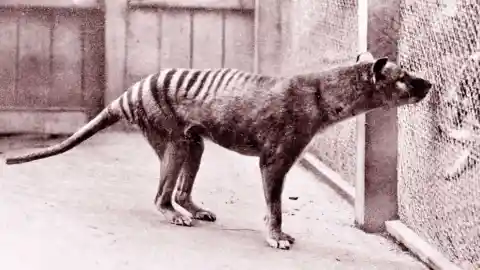
Thanks to urbanization and the destruction of these creature’s natural habitats, humans are the main reason animals are slowly disappearing from the planet. It’s commonly accepted that once an animal is extinct, it’s gone forever; however, one extinct animal has been sighted recently.
Is it possible extinct animals could one day resurface?
A Bastion of Life
When it comes diverse wildlife, Australia is known to have the highest number of animal species in the world.


With a vast wildlife population, many of these animals only exist in Australia. Some have even evolved after living in isolation for millions of years. Pretty neat, right?
Diverse and Unique
Australia is best known for being home to monotremes (animals that lay eggs) and marsupials (mammals that have pouches).
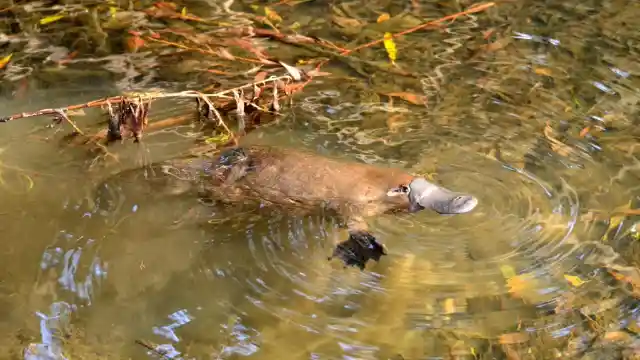

The only living monotremes in the world live in Australia, one being the platypus and the other the echidna. Both of these species have been considered endangered for quite some time.
Extinction Headquarters
Sadly, despite having a diverse ecosystem, Australia is also in the lead when it comes to extinction. Over 200 years since the Europeans settled in the country, 23 birds, 27 mammals, and four frog species have all become extinct.

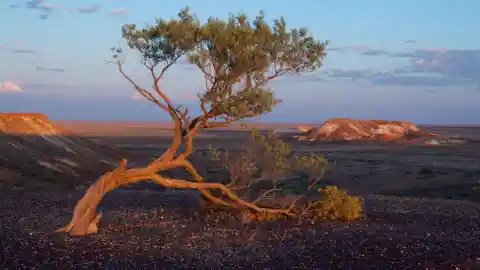
The biggest threats animals face in the country is human exploitation, and unfortunately, it doesn’t seem like these dangers will ever subside.
Tasmanian Tigers
Out of these extinct species, one of the most iconic is the Tasmanian tiger. This marsupial was a very proficient hunter and easily kept its domain free from dominant predators in the area.
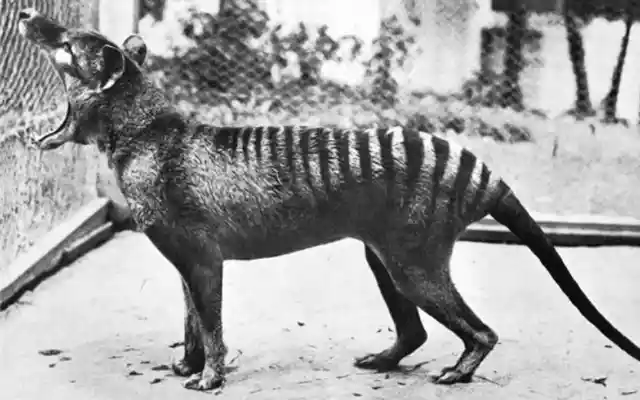
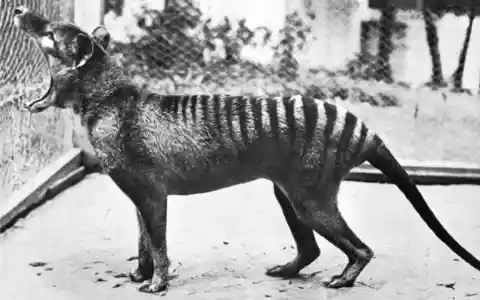
Other names this species went by were the Tasmanian wolf or dog. Although they had a fearsome appearance, most were quite timid around humans.
Vanished
The Tasmanian tiger is known to have lived in mainland Australia, as well as New Guinea and the island of Tasmania.
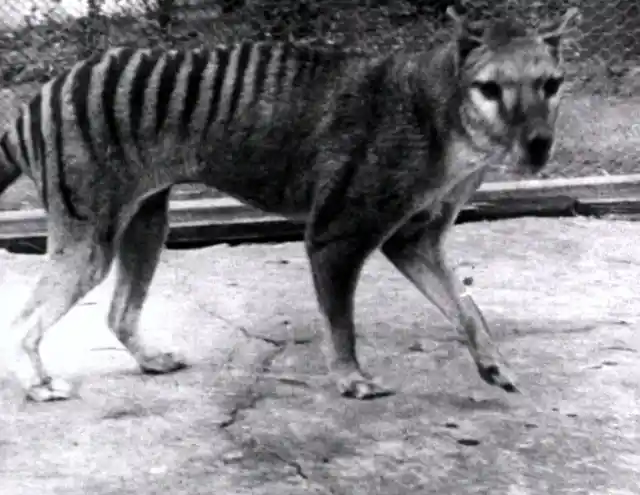
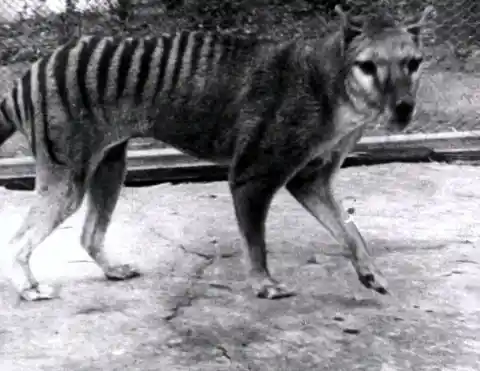
According to wildlife experts, most of the species was extinct roughly 2,000 years ago, but some were sighted up until the 1830’s before the vanished without a trace.
Why Did They Die?
There are many different theories on why the Tasmanian tiger went extinct. It’s highly regarded that humans are to blame.

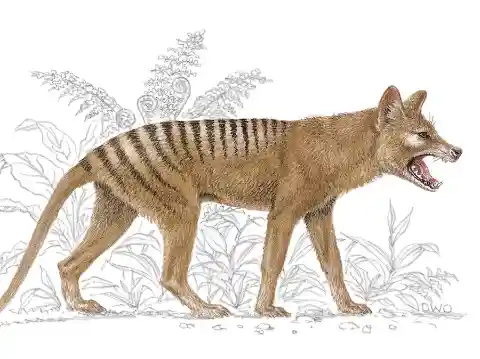
The introduction of dingoes on the continent, as well as disease and climate change, were also contributing factors.
Those That Remain
In the 1930’s some Tasmanian tigers were still being spotted on the Island of Tasmania. Blamed for a majority of the cattle deaths at the time, aggressive hunting took place to exterminate the remaining population.


As feral dogs population rose, disease continued to thrive and prey dwindled, while the Tasmanian tigers soon found their numbers taking a nosedive.
Gone with the Wind
The last wild Tasmanian tiger was shot in the 1930’s by a farmer, but it was believed for some time that a wild pack survived through the 1960’s.
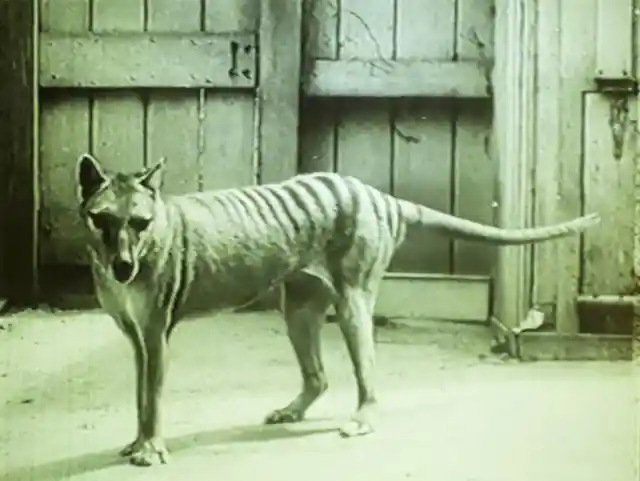
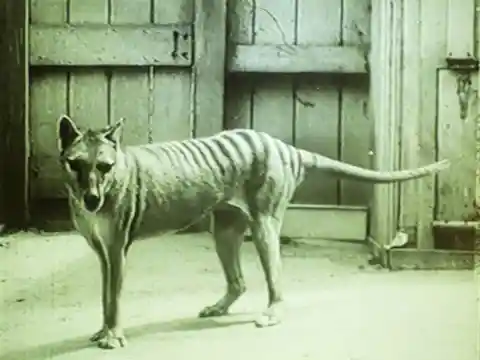
Ultimately, the animal was declared officially extinct in 1986.
Reports Persist
Although the Tasmanian tiger is considered extinct, over the years sightings have still persisted.

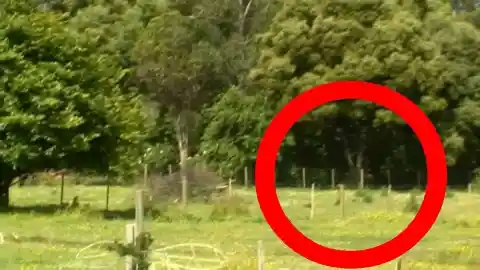
Two Parks and Wildlife service workers have stated they’ve seen the animal, while tourists and locals have claimed to have photographic evidence of the tiger’s existence.
Resurgence in Interest
The interest in the Tasmanian tiger has spurred new interest among animal conservationists and Hollywood in recent years. In 2011, William Dafoe starred as a hunter who travels to Tasmania to kill the last Tasmanian tiger.


While this film had quite the grim plot, in reality there are quite a few people who hope to find the animal alive. Neil Waters of the Thylacine Awareness Group is one of them.
Sightings
Neil Waters has gone on the record, stating he has seen a living Tasmanian tiger on two different occasions.


He runs a Facebook page for his cause, which now has over 3,000 members sharing stories of their own encounters.
I Still Believe
Richard Freeman of Fortean Zoology in the UK believes they are still alive as well.


“The area is so damn remote, there are so many prey species and we have so many reliable witnesses who know the bush that I’d say there is a reasonable population of them left.”
Mainland Populations
While there have been quite a few sightings on the island of Tasmania, it’s believed a large population exists on the mainland.


Recently, sightings have happened around Queensland and the James Cook University hopes to send researchers out into the field to hunt the ever-elusive creature.
The 2017 Footage
One Tasmanian local, Greg Booth and his son, released the footage in 2017 that claims to show a Tasmanian tiger and some cubs.
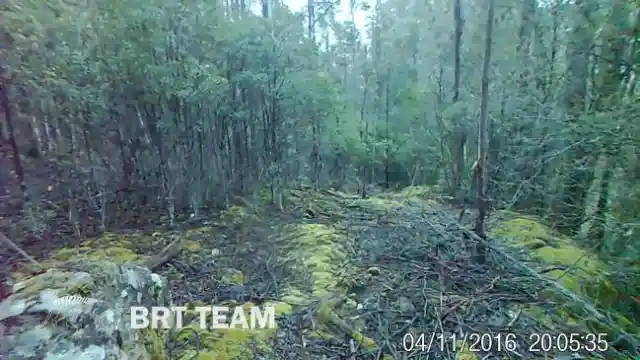
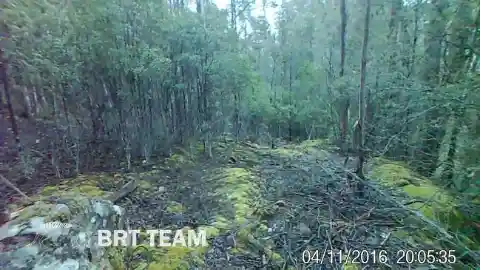
Professionals who have spent years studying the animal have reviewed the footage and believe it to be authentic. Is it possible the Tasmanian tiger has survived against all odds?
The Lazarus Effect
Species that are discovered to be alive after going extinct are known as “Lazarus” species and it’s not as uncommon as you might expect.
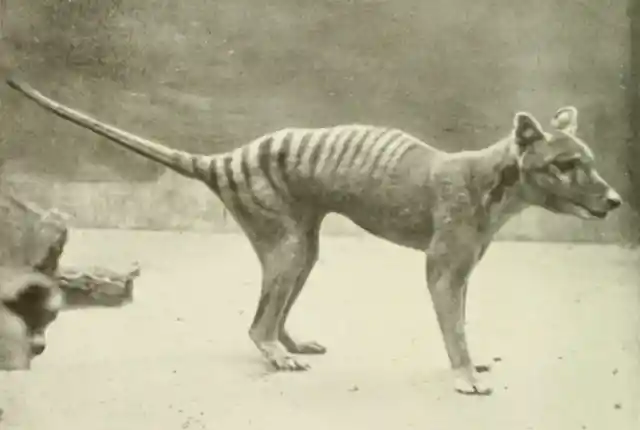

In 2015, a short-nosed sea snake was found that had been presumed extinct since 1998. There are many other species that have been found to be alive as well over the years…
A Promising Discovery
For those that are holding onto hope that the Tasmanian tiger may be found alive, this should alleviate any fears. Recently, a tiny marsupial thought to be extinct in New South Wales was discovered.

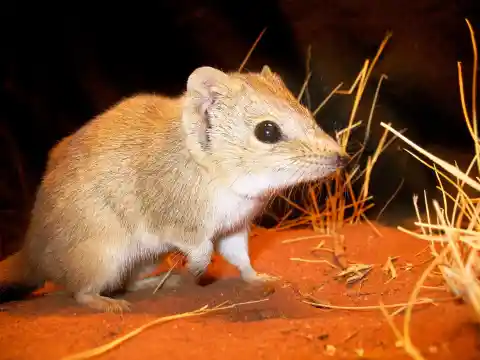
Known as the crest-tailed mulgara, it has been presumed extinct for quite some time.
Lack of Hard Evidence
Unfortunately, the lack of concrete evidence makes many scientists skeptical that the Tasmanian tiger has managed to survive.


Andrew Pask, a biologist at the University of Melbourne, says he receives droppings to be tested in the mail almost weekly. To say he’s sick and tired of receiving packages of poo would be an understatement.
Possible Cloning
Pask’s research team at the university has made one positive stride to bringing back the Tasmanian tiger and that’s sequencing an entire DNA strand from a preserved specimen.


The hope is that one day they could clone the species back into existence. Of course, technology is just not advanced enough yet.
The Perfect Environment
According to researcher Nick Mooney, the island of Tasmania has become the perfect habitat for the Tasmanian tiger. While the Tasmanian devil, a competing predator has seen its population decline, the wallaby populations are on the rise.
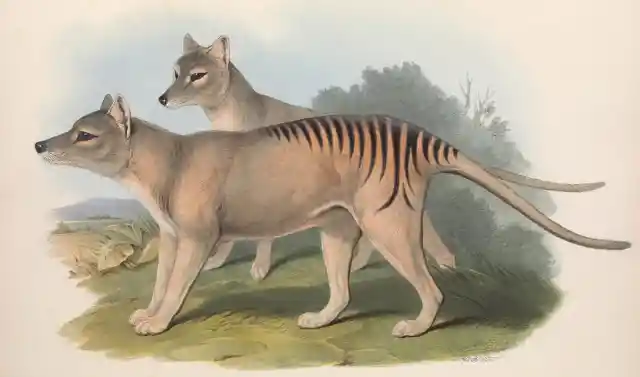
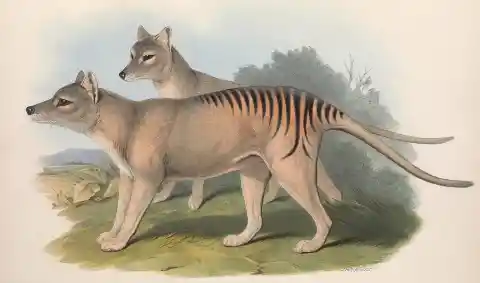
Therefore, if any Tasmanian tigers do exist, the populations should start to grow over the next 10-20 years. Until then, the mystery surrounding this species continues.